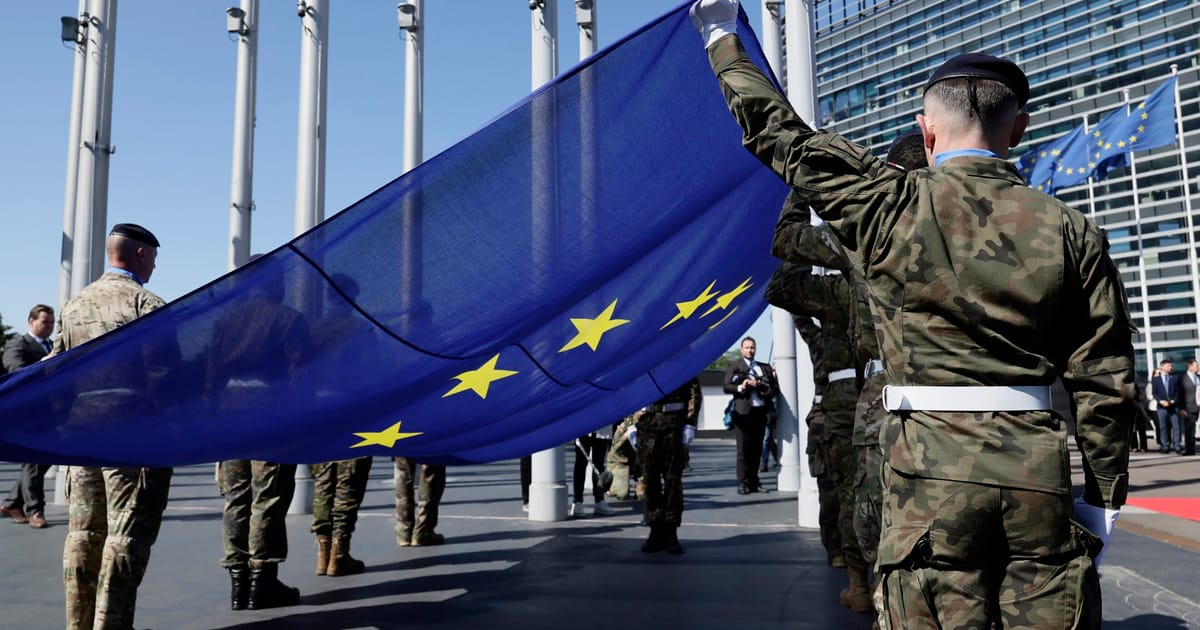Most likely, the “buy European” dream touted by European Commission President Ursula von der Leyen would not materialize for a while. Even if procurement picks up in the land sector, other sectors like naval and aerospace have seen very little investment. In some areas like rocket artillery or low-observable fighter aircraft, buying local is simply not an option.
Still, despite Europe’s continued dependency on U.S. military suppliers, there are signs of progress.
The institute’s analysis of selected procurement efforts tendered between February 2022 and September 2024 found that 52 percent of their value was awarded to European suppliers, compared to 34 percent for the United States. The “buy European” trend is likely to gain traction, according to the authors of the report.
Europe is also spending more than before to defend itself.
In the wake of Russia’s full-scale invasion of Ukraine in 2022, several NATO countries stepped up their efforts to meet or exceed the alliance’s goal of spending at least 2 percent of gross domestic product on defense.
Donald Trump’s return to the White House was also an unexpected boon to proponents of European defense. The president’s demands that European allies contribute more to NATO — and his suggestion that the U.S. might abandon its defense commitments to the continent — have cast doubt on America’s reliability as an ally. That makes the idea of “genuinely European defense,” as championed by French President Emmanuel Macron, more appealing.
But cash-strapped governments only have so much wiggle room to spend more on defense while keeping their national debts under control.
Moreover, tensions in countries like Spain and Italy, which are struggling with squeezed public finances, suggest public opposition to greater military spending could also be an obstacle if Europe is left on its own.
